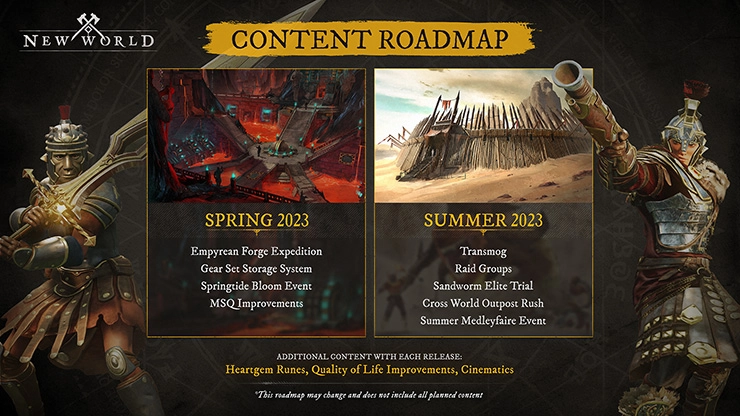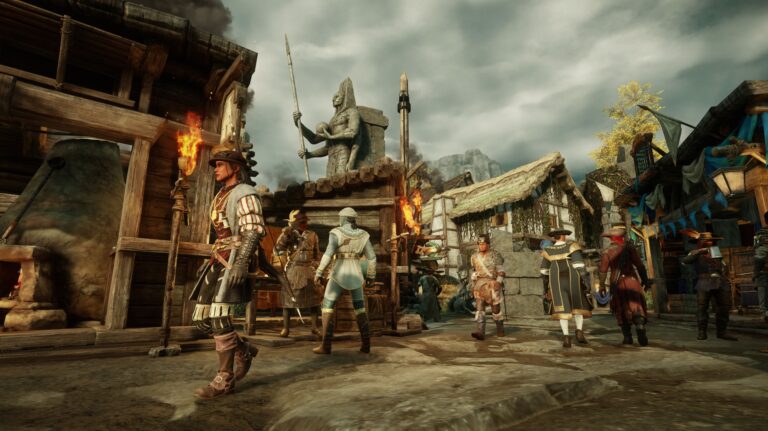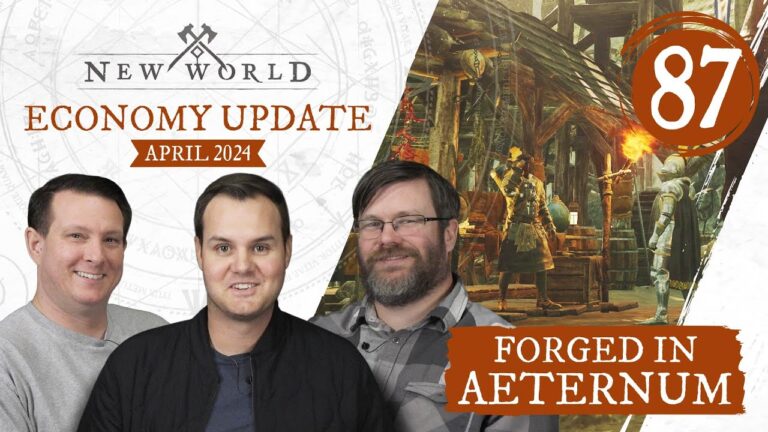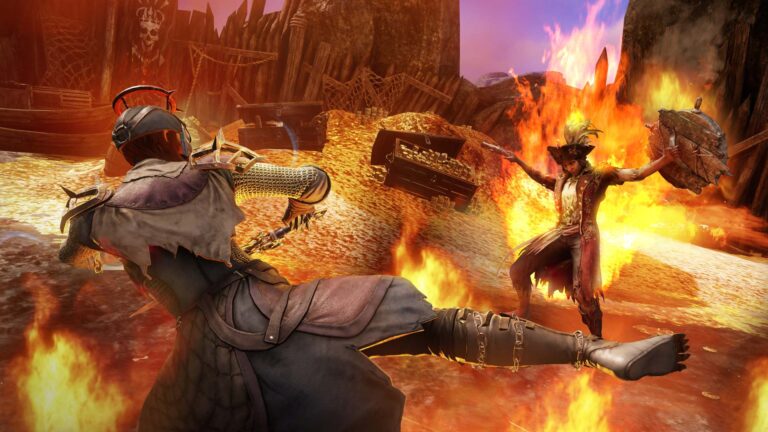New World Update Brings Combat Balance Adjustments
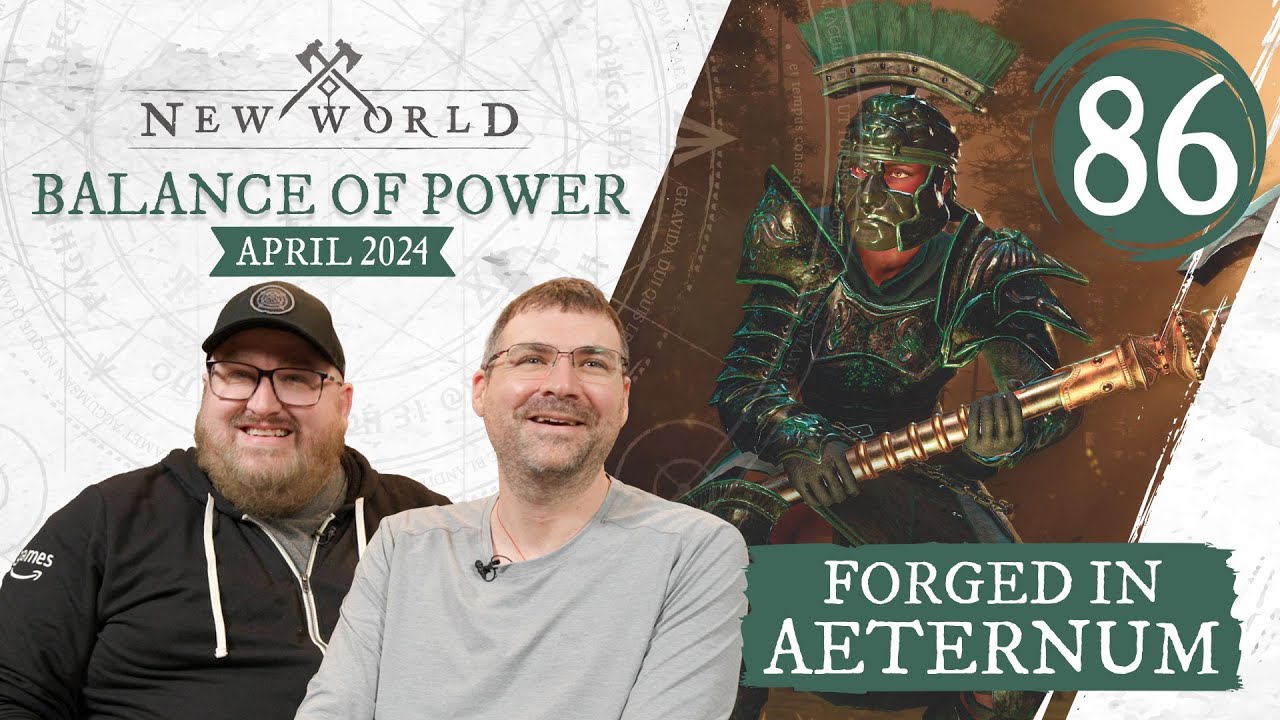
The latest episode of “Forged in Aeternum,” dedicated to New World’s combat system, detailed significant updates scheduled for May 2024. The show addressed several concerns raised by the community and outlined the adjustments developers are implementing to enhance game balance.
A notable update involves the ‘Life Taker’ artifact, which was temporarily disabled due to issues with its damage type interactions. It is set to be re-enabled on April 16, 2024, after the necessary corrections are made.
The update will also boost the effectiveness of siege weaponry. Acknowledging the community feedback that siege weapons were underperforming, developers are increasing their damage output by approximately 50%. This change aims to revitalize their use in various combat scenarios. Additionally, the cost for ammo resupplies will be reduced, encouraging players to utilize siege equipment more frequently.
Another key focus is the improvement of the threat generation system in high-level PvE encounters. The adjustments are designed to enhance the reliability of taunts and threat management, addressing the scaling issues that have arisen as player damage outputs have increased.
Changes to armor artifacts are also forthcoming. The update will adjust the functionalities of less popular artifacts like winged leather shoes and magnetic gauntlets to increase their attractiveness and usage among players.
The equip load balance, previously adjusted in the last update, will see further revisions. The feedback received has led to the decision to revert changes to CC duration effects, maintaining the original effects associated with different equip loads.
Additionally, weapon balances are being fine-tuned. The bow will see minor adjustments to ensure it remains a viable but not overpowering choice. The musket will receive usability improvements to enhance its performance, especially in Open World PvP scenarios.
Developers emphasized their commitment to using data and community feedback to guide their decisions on game adjustments. This approach ensures that changes are made with a thorough understanding of their impact on gameplay dynamics.




